The Physical Demands of Table Tennis
Table tennis, also known as ping pong, may seem like a leisurely game played in basements and rec rooms, but it actually requires a high level of physical fitness. The sport demands quick reflexes, explosive speed, and great hand-eye coordination. Table tennis players must be able to react swiftly to their opponent's shots, change direction rapidly, and maintain their balance while making precise shots. To meet these demands, top table tennis players follow rigorous training routines that focus on improving their speed, agility, and endurance.
Training Routine for Top Table Tennis Players
To reach the top of their game, table tennis players must commit to a structured and disciplined training routine. This routine typically includes a combination of on-table practice, off-table exercises, and strength and conditioning workouts. On-table practice involves countless hours of hitting balls, working on footwork, and refining shot techniques. Off-table exercises help improve overall fitness, while strength and conditioning workouts specifically target the muscles and movements required for table tennis.
One key aspect of a table tennis training routine is consistency. Top players train for several hours each day, ensuring that they build the necessary muscle memory, stamina, and reflexes. They focus on perfecting their strokes, footwork, and positioning on the table. By repeating these movements over and over again, they develop the muscle strength and coordination needed to perform at a high level consistently.
Strength and Conditioning Exercises for Table Tennis
Strength and conditioning exercises are a crucial part of a table tennis player's training routine. These exercises help improve muscular strength, power, and endurance, enabling players to execute powerful shots and sustain their performance throughout a match. Here are some common strength and conditioning exercises that top table tennis players incorporate into their training:
1. Resistance Training: Using resistance bands, weights, or bodyweight exercises, players focus on strengthening their core, legs, and upper body muscles. Squats, lunges, push-ups, and planks are examples of exercises that help build strength and stability.
2. Plyometric Training: Plyometric exercises involve explosive movements that train the muscles to generate maximum force in a short amount of time. Box jumps, medicine ball throws, and lateral jumps are popular plyometric exercises for table tennis players.
3. Interval Training: Table tennis matches are characterized by short bursts of intense activity followed by brief periods of rest. Interval training mimics this pattern, alternating between high-intensity exercises and periods of rest or active recovery. This type of training improves cardiovascular fitness, speed, and recovery time.
4. Balance and Coordination Training: Table tennis requires excellent balance and coordination. Exercises that challenge stability, such as single-leg squats, Bosu ball exercises, and agility ladder drills, help improve these skills.
Agility and Speed Training for Table Tennis
Agility and speed are essential attributes for any table tennis player. These skills enable players to move quickly around the table, reach shots in difficult positions, and react swiftly to their opponent's shots. To enhance agility and speed, top players incorporate specific training exercises into their routines:
1. Footwork Drills: Table tennis footwork drills are designed to improve players' speed, agility, and balance. These drills involve various movement patterns, such as side steps, cross steps, and lunges, which simulate the movements required during a match. By practicing these drills, players develop quicker footwork and the ability to change direction rapidly.
2. Reaction Training: Quick reactions are crucial in table tennis, as players need to respond instantly to their opponent's shots. Reaction training drills, such as shadow play and multiball exercises, help players improve their reflexes and hand-eye coordination.
3. Speed Training: Speed training exercises focus on developing faster muscle contractions and improving overall quickness. Sprints, shuttle runs, and ladder drills are effective for enhancing speed and explosiveness.
Endurance Training for Table Tennis
Endurance plays a vital role in table tennis, as matches can last for several hours, requiring players to sustain their energy levels and focus. Effective endurance training allows players to maintain their performance during long matches and perform at their best even under fatigue. Here are some ways top table tennis players improve their endurance:
1. Cardiovascular Training: Table tennis is an aerobic sport that requires a strong cardiovascular system. Players engage in activities such as jogging, swimming, cycling, or using the elliptical machine to improve their aerobic capacity. This type of training helps increase lung capacity, improve oxygen delivery to muscles, and enhance overall endurance.
2. Interval Endurance Training: Interval endurance training involves alternating between periods of high-intensity exercise and active recovery. This type of training helps simulate the demands of a table tennis match, where players need to perform at a high intensity for short bursts and recover quickly. Examples of interval endurance training include sprint intervals, circuit training, and high-intensity interval training (HIIT).
3. Match Simulations: To build endurance specific to table tennis, players engage in practice matches or simulate match conditions during training. These sessions help players adapt to the mental and physical demands of a competitive match, improving their stamina and ability to sustain their performance.
Importance of Proper Nutrition for Table Tennis Players
While training is crucial for table tennis players, nutrition plays an equally important role in their overall fitness and performance. A well-balanced diet provides the necessary energy, nutrients, and hydration required to excel in this fast-paced sport. Proper nutrition helps players maintain their energy levels, support muscle growth and repair, and enhance recovery. Here are some key factors to consider when it comes to nutrition for table tennis players:
1. Macronutrients: Table tennis players need a balance of carbohydrates, proteins, and fats to fuel their training and match performance. Carbohydrates provide the primary source of energy, proteins support muscle repair and growth, and healthy fats help with overall health and hormone production. A balanced meal plan should include a variety of whole grains, lean proteins, healthy fats, and fruits and vegetables.
2. Meal Timing: Timing meals and snacks appropriately is essential for table tennis players. They need to fuel their workouts and matches adequately, ensuring they have the energy to perform at their best. Pre-workout meals should be consumed 2-3 hours before training or matches, providing a combination of carbohydrates and proteins. Post-workout meals should focus on replenishing glycogen stores and aiding muscle recovery.
3. Hydration: Adequate hydration is crucial for table tennis players to maintain focus, performance, and overall health. Players should aim to drink water regularly throughout the day and during training or matches. Electrolyte-rich drinks can also be beneficial during intense matches or training sessions to replenish lost minerals.
4. Supplementation: While a well-balanced diet should provide most of the necessary nutrients, some table tennis players may benefit from targeted supplementation. Common supplements used by athletes include protein powders, B vitamins, omega-3 fatty acids, and electrolyte tablets. It is important to consult with a healthcare professional or sports nutritionist before starting any supplementation regimen.
Rest and Recovery Strategies for Table Tennis Players
Rest and recovery are often overlooked aspects of training, but they are crucial for table tennis players to perform at their best consistently. Adequate rest allows the body to repair and rebuild muscles, prevent injuries, and maintain mental focus. Here are some strategies that top table tennis players employ to optimize their rest and recovery:
1. Sleep: Quality sleep is essential for recovery and overall well-being. Table tennis players should aim for 7-9 hours of uninterrupted sleep each night. Creating a sleep routine, ensuring a comfortable sleep environment, and minimizing exposure to electronic devices before bed can help improve sleep quality.
2. Active Recovery: Engaging in low-intensity activities on rest days or after intense training sessions can aid recovery. Light exercises like yoga, stretching, or swimming promote blood flow, reduce muscle soreness, and enhance flexibility.
3. Recovery Techniques: Various recovery techniques can assist in reducing muscle soreness and improving overall recovery. These include foam rolling, massage, contrast baths, and compression garments. Players may also benefit from using heat or ice therapy to manage injuries or inflammation.
4. Mental Relaxation: Table tennis is not only physically demanding but also mentally challenging. It is important for players to incorporate mental relaxation techniques into their routine, such as meditation, visualization, or deep breathing exercises. These techniques help reduce stress, enhance focus, and improve overall mental well-being.

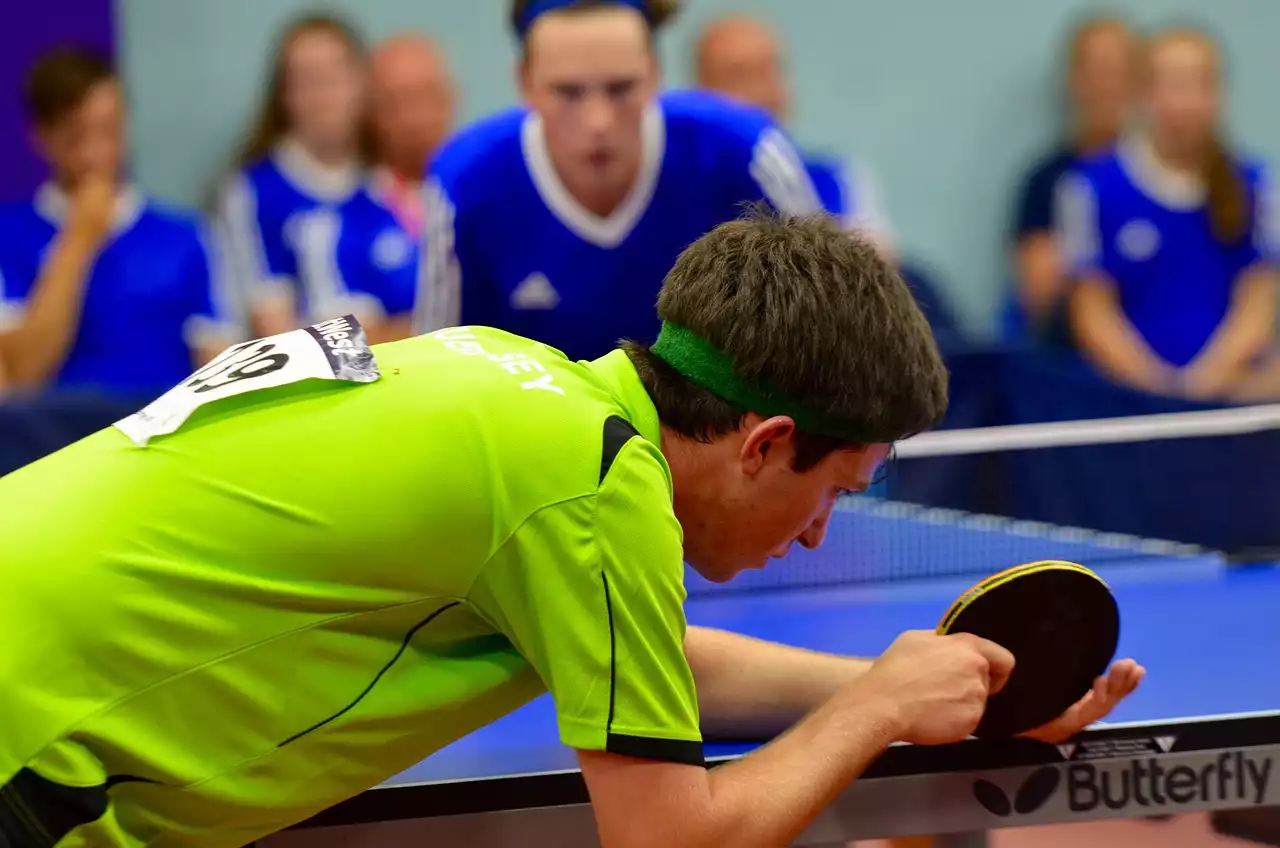
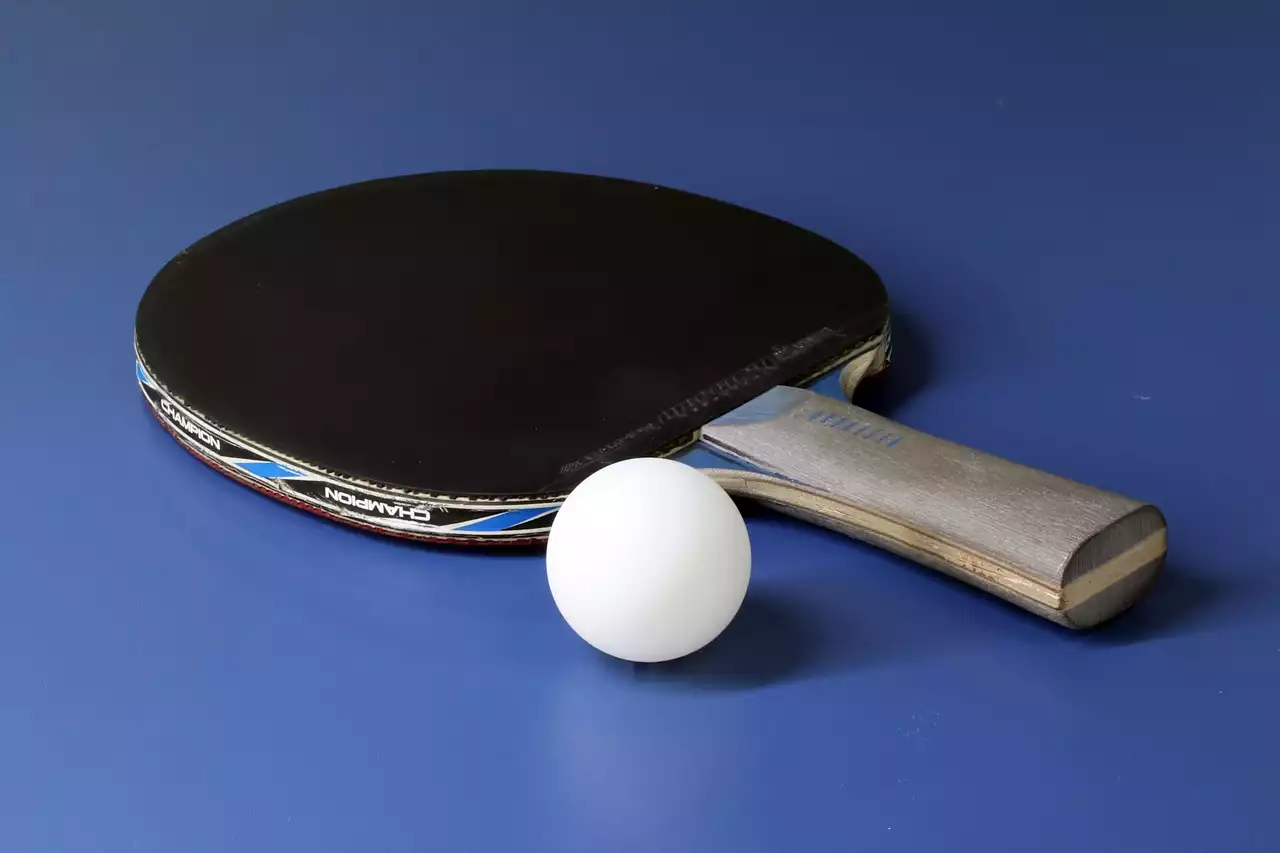
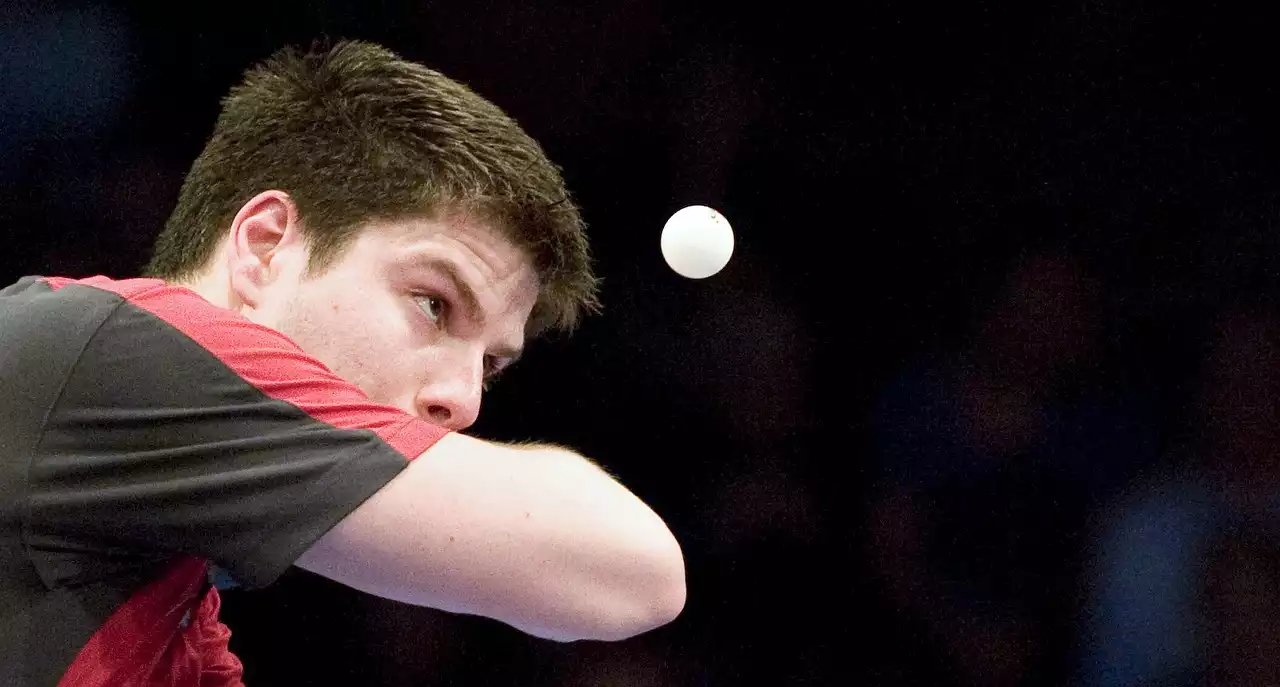
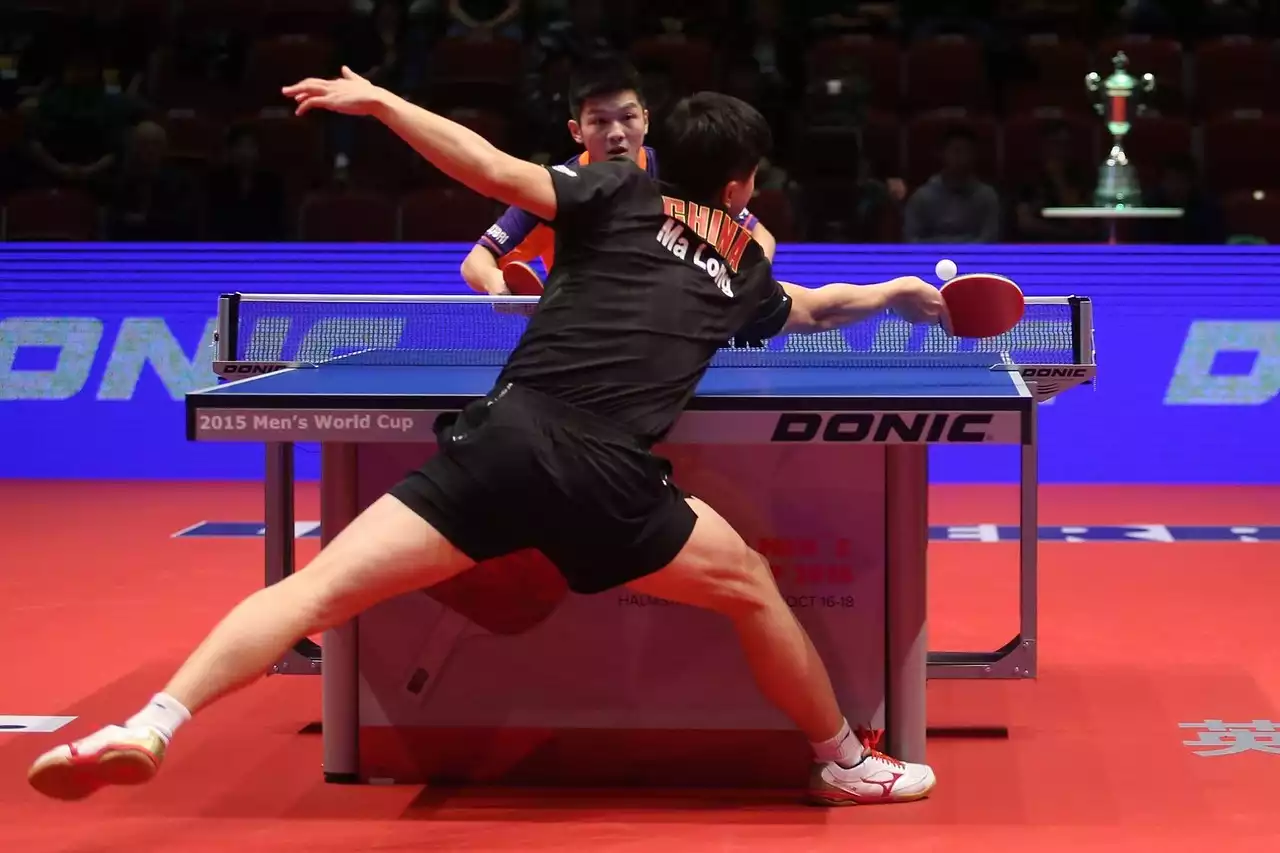


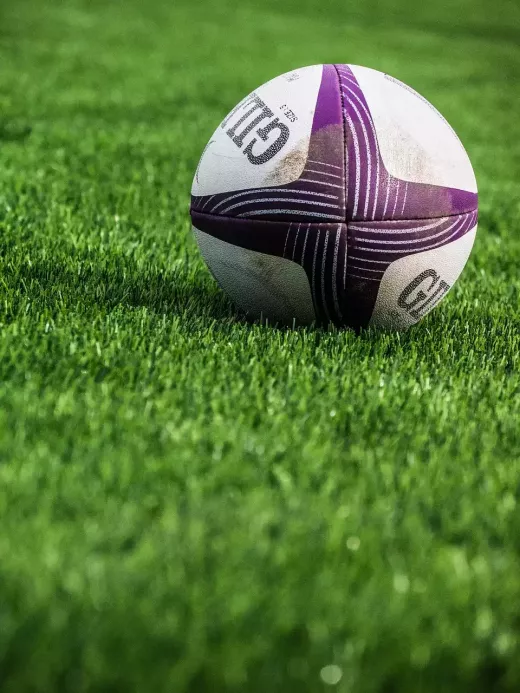


.png?size=50)